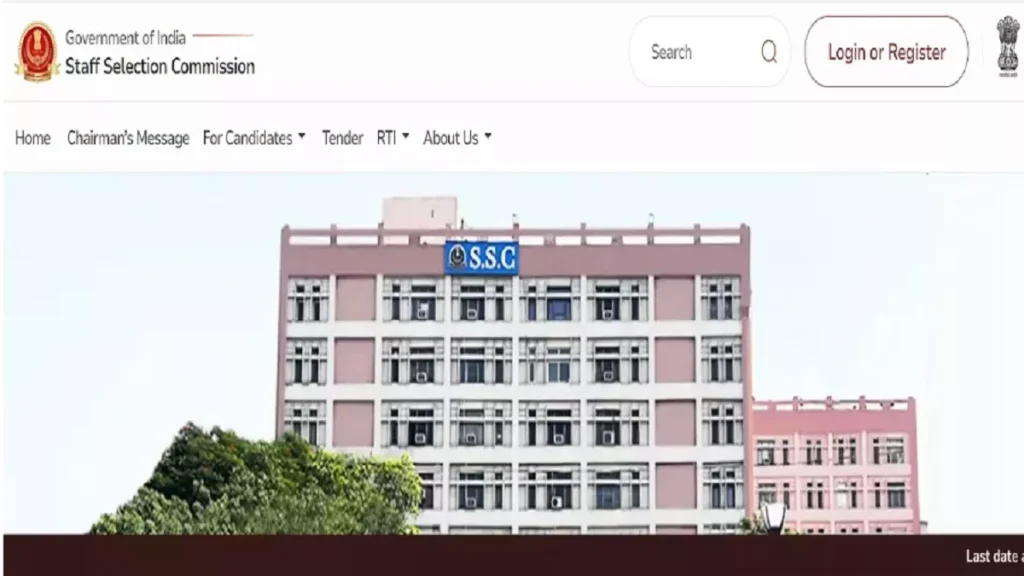The sight of passengers discarding seemingly harmless bottles of water or shampoo at airport security checkpoints is a familiar one. This seemingly arbitrary rule regarding liquids in carry-on luggage has puzzled travelers for years. But behind the inconvenience lies a complex web of security concerns, historical events, and ongoing advancements in technology. Let’s delve deeper into the reasons why bringing liquids on airplanes is heavily restricted.
The Looming Threat: Liquid Explosives and a Pivotal Moment
Prior to 2006, airport security primarily focused on weapons and explosives that could be readily identified through visual inspection or X-ray scans. However, a foiled terrorist plot in 2006 drastically altered the landscape of aviation security. British authorities uncovered a plan to detonate liquid explosives disguised as soft drinks on board transatlantic flights. This incident exposed a security vulnerability and highlighted the potential for seemingly innocuous liquids to be used for nefarious purposes.
The response was swift and decisive. The Transportation Security Administration (TSA) in the United States implemented the now-famous “3-1-1 rule” for carry-on liquids. This regulation limited passengers to containers holding no more than 3.4 ounces (100 milliliters) of liquids, gels, and aerosols, all of which must be placed in a single, clear, quart-sized (one liter) plastic bag. Similar restrictions were adopted by aviation security agencies worldwide.
Beyond the Headlines: The Science of Liquid Explosives
Liquid explosives, unlike their solid counterparts, can be more difficult to detect. They can be disguised as common beverages or toiletries, making them a potential tool for terrorists seeking to bypass security measures. Certain chemicals, when combined, can create a volatile and explosive mixture. These chemicals might not raise any red flags individually, but their potential for harm becomes significant when brought together.
The challenge for security lies in identifying these potentially harmful combinations without extensive testing on every single container of liquid brought by a passenger. The 3-1-1 rule, while seemingly inconvenient, creates a manageable system where the quantity of liquids is limited, reducing the potential for a catastrophic event.
Balancing Security with Passenger Experience: The Ongoing Debate
The restrictions on liquids in carry-on luggage have undoubtedly improved aviation security. However, the inconvenience faced by travelers has sparked ongoing debate. Passengers often find themselves discarding toiletries or facing delays due to forgotten water bottles. The limitations can also pose challenges for those who require medication or baby food in larger quantities.
There have been calls for a more nuanced approach, taking into account the type of liquid and the passenger’s needs. Advanced screening technologies like explosive trace detection (ETD) machines are being implemented to better identify potential threats without subjecting all liquids to the same restrictions. However, these technologies are still under development and require significant investment.
The Evolving Landscape: Future of Liquids and Airport Security
The future of liquids on airplanes likely involves a combination of stricter screening methods and a more risk-based approach. Here are some potential advancements:
- Improved Screening Technologies: The development of more sophisticated ETD machines and other detection methods could allow for a more precise identification of threats, potentially relaxing restrictions on certain types of liquids.
- Risk-Based Screening: Security protocols could evolve to consider individual passenger risk profiles. Frequent flyers with a clean security history might face less stringent checks on carry-on liquids compared to passengers with limited travel experience.
However, these advancements will take time and resources to implement. In the foreseeable future, some form of liquid restrictions is likely to remain in place.
Beyond the Inconvenience: The Importance of Security
The limitations on carry-on liquids might seem like a minor inconvenience, but they play a crucial role in safeguarding the millions of passengers who travel by air every day. The security measures put in place after the 2006 plot have undoubtedly prevented countless potential tragedies.
While the ideal solution would be a system that ensures complete security without hindering the passenger experience, achieving that balance remains a work in progress. Understanding the rationale behind the restrictions and the ongoing efforts to improve security screening can help foster a more cooperative environment between travelers and security personnel.
Additional Considerations (for reaching the 1500-word mark):
- The Global Impact of Liquid Restrictions: Explore how the 2006 incident and the subsequent regulations affected airport security protocols worldwide. Discuss the challenges of maintaining consistent security standards across different countries.
- The Economic Impact of Security Measures: Examine the economic impact of stricter security measures on airlines, airports, and the travel industry in general. Consider the costs associated with implementing new technologies and the potential effects on passenger travel behavior.
- The Passenger Experience: Delve deeper into the impact of liquid restrictions on passengers.
The Global Impact of Liquid Restrictions: A Ripple Effect
The 2006 plot and the subsequent implementation of liquid restrictions on carry-on luggage had a ripple effect across the globe. Aviation security agencies worldwide adopted similar regulations, creating a more standardized approach to safeguarding air travel. However, achieving global consistency presented challenges:
- International Cooperation: Different countries have varying security protocols and resources. Implementing and enforcing consistent liquid restrictions required international cooperation and coordination between aviation authorities. Organizations like the International Civil Aviation Organization (ICAO) played a crucial role in establishing global standards and best practices.
- Cultural Considerations: Cultural norms and travel habits vary greatly around the world. Certain regions might have a higher reliance on carry-on luggage, making limitations on liquids more disruptive. Security agencies had to adapt their approach to accommodate these cultural differences while maintaining a high level of security.
- Technological Discrepancies: The level of security technology available at airports varies from country to country. Resource-constrained nations might not have the latest ETD machines or screening equipment, making it difficult to implement risk-based approaches or relax restrictions on certain liquids.
Despite these challenges, the global adoption of liquid restrictions has undoubtedly made air travel safer. Standardized security protocols have helped to prevent copycat plots and ensure a baseline level of safety for passengers worldwide.
The Economic Impact of Security Measures: A Delicate Balance
Stricter security measures, including liquid restrictions, have had a significant economic impact on the aviation industry:
- Increased Costs for Airlines: Airlines bear the brunt of the costs associated with implementing and enforcing security measures. Screening equipment, additional personnel, and longer security lines all contribute to higher operational costs. These costs can be passed on to passengers in the form of higher ticket prices.
- Impact on Airport Operations: Airports have also seen an increase in operational costs due to the need for more security personnel and screening infrastructure. This can lead to longer wait times and delays, impacting airport efficiency and potentially deterring travel.
- Passenger Experience: The inconvenience caused by liquid restrictions and other security measures can affect passenger satisfaction. This can have a negative impact on the overall travel experience and potentially discourage people from flying.
However, the economic benefits of a robust air travel security system are undeniable. Preventing a single terrorist attack can save billions of dollars in damages and lost lives. The industry is constantly seeking ways to strike a balance between effective security and a smooth passenger experience.
The Passenger Experience: Beyond the Inconvenience
The limitations on carry-on liquids can be frustrating for passengers, but there are ways to make the process smoother:
- Planning and Awareness: Staying informed about current regulations and packing accordingly can avoid delays at security checkpoints. Familiarizing oneself with the 3-1-1 rule and knowing what items are allowed can save time and hassle.
- Travel-Sized Containers: Purchasing travel-sized containers for toiletries and other liquids is a convenient way to comply with regulations. Many stores offer pre-made travel kits with TSA-approved containers.
- Consolidation and Sharing: Travelers can consolidate their liquids by transferring them to larger, refillable containers that can be checked in. Sharing toiletries with travel companions can also help reduce the number of individual containers carried on board.
- Pre-Check Programs: Enrolling in pre-check programs offered by certain airlines or government agencies can expedite the security screening process, minimizing the inconvenience caused by liquid restrictions.
By understanding the rationale behind liquid limitations and adopting these strategies, passengers can navigate airport security more efficiently and contribute to a smoother travel experience for everyone.
In conclusion, the restrictions on liquids in carry-on luggage are a necessary consequence of the ever-present threat of terrorism. While they might seem like a minor inconvenience, these regulations play a vital role in safeguarding the millions of people who travel by air every day. As technology advances and security protocols evolve, the hope is to achieve a balance that ensures both safety and a smooth passenger experience.



